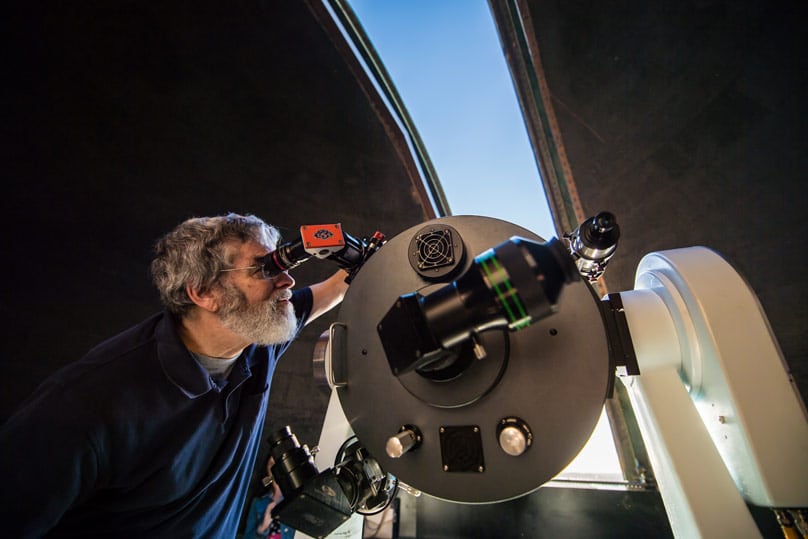
He’s already had an asteroid named after him but Br Guy Consolmagno SJ says he’s in no hurry to have a crater on the moon named in his honour.
On his recent visit to Australia, the Director of the Vatican Observatory (which has two telecopes – one at Castel Gandolfo in Italy and the other in Arizona) told The Catholic Weekly that the number of craters on the moon named after Jesuit scientists is steadily increasing. Currently it stands at 35.
“And the number’s growing,” he said. “I’m on the committee that gets to name things but I’m in no hurry to get one myself because you have to have been dead for three years.”
Br Guy’s passion for astronomy is infectious. As he was given a guided tour of the Sydney Observatory on 23 April, including the chance to peek through its various telescopes, he was beaming like a kid in a candy store.
“It’s the simple ‘gosh, wow’ of looking at the stars,” he said with a twinkle in his eye.
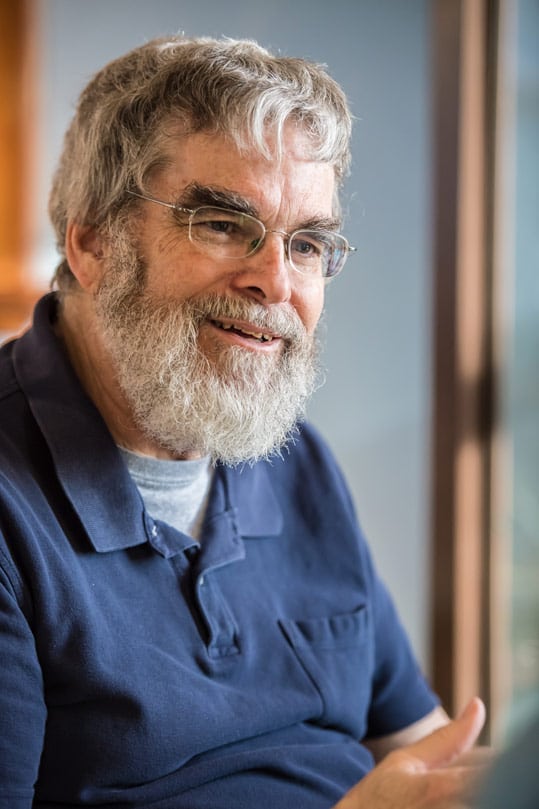
“There are certain things that cannot be measured that tell you materialism isn’t everything. Love you can’t measure. Beauty you can’t measure. Wonder you can’t measure. And I think truth and beauty and love and wonder are all signs of the presence of God.”
While he may have the appearance of an absent-minded professor, the Jesuit brother is strikingly clear-headed about the reality of most people’s lives and their need for the transcendent.
“Astronomy is a fantastic way of reminding people that there’s more going on than what’s for lunch. It pulls you out of yourself and makes you ask the big questions.”
Br Guy’s visit to Australia was at the invitation of the Diocese of Broken Bay where he gave a series of talks from 24 to 30 April.
He says he’s particularly awed by the Australian night sky which has several features that the northern hemisphere just can’t compete with, such as the Magellanic Clouds.
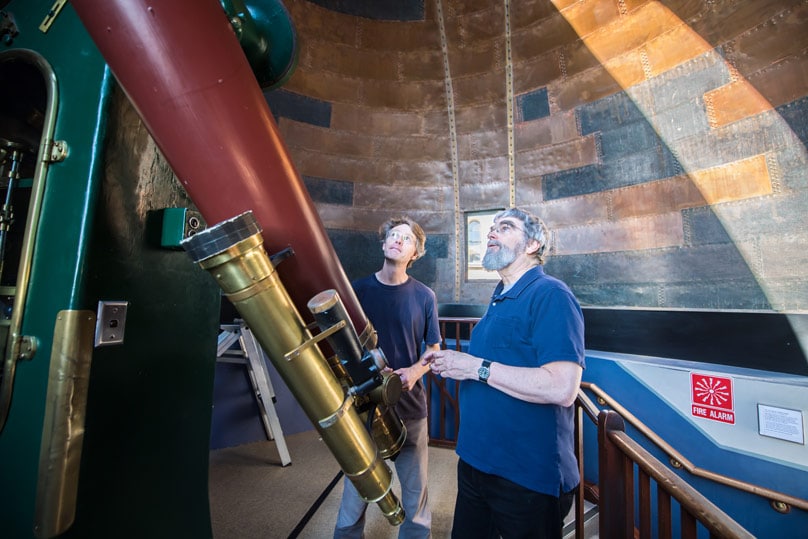
“When I see them in the distance it gives me perspective to realise that the Milky Way is not something out there but something that I’m in the middle of,” he said.
“I’ve discovered there are any number of spectacular deep-sky objects you can see with a telescope that beat the heck out of anything you can see up north. Omega Centauri is a globular cluster like nobody’s business and it’s so bright you can see it as a naked-eye star. Seen through a pair of binoculars it’s stunning.
“There’s also a region, a little clump of light, in the Milky Way, around the star Eta Carina, that to see with a small telescope is breath-taking. The longer you look, the more you see. You’re drawn into the awe of how wonderful it is. There’s nothing in the north like that.”
Originally from Michigan, Br Guy has a PhD in Planetary Science from the University of Arizona. He is therefore particularly passionate about those pieces of rock that fly around the universe and sometimes land on planet Earth—asteroids and meteorites. When these chunks of planet are flying through space they’re asteroids, he explained, but once they hit the earth they’re called meteorites.
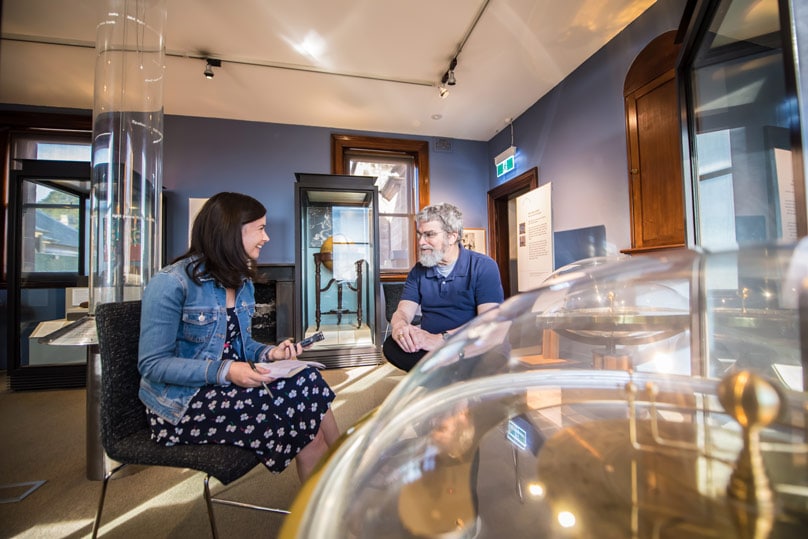
He was Curator of the Vatican’s Meteorite collection until he was appointed Director of the Observatory by Pope Francis in 2015.
The Vatican has over a thousand meteorites in its possession, mostly acquired by a French nobleman during the 19th century, including some from Australia. It is one of the major meteorite collections in the world
“We’ve got all the different types including meteorites we collected 150 years ago that we now know are almost certainly pieces of the planet Mars. Those are exciting.”
Through his research, Br Guy is following in the footsteps of a long line of Catholic scientists, and more particularly, Jesuit scientists. His other passion is exploding the myth that religion and science are at odds with each other and that the Catholic Church is opposed to science. He says one way of achieving that is to simply look at the history of science which is populated with many scientists who were devout Catholics.
“Galileo, throughout his life, even with the injustice he incurred from the Church, was a devout Catholic. His two daughters were nuns.
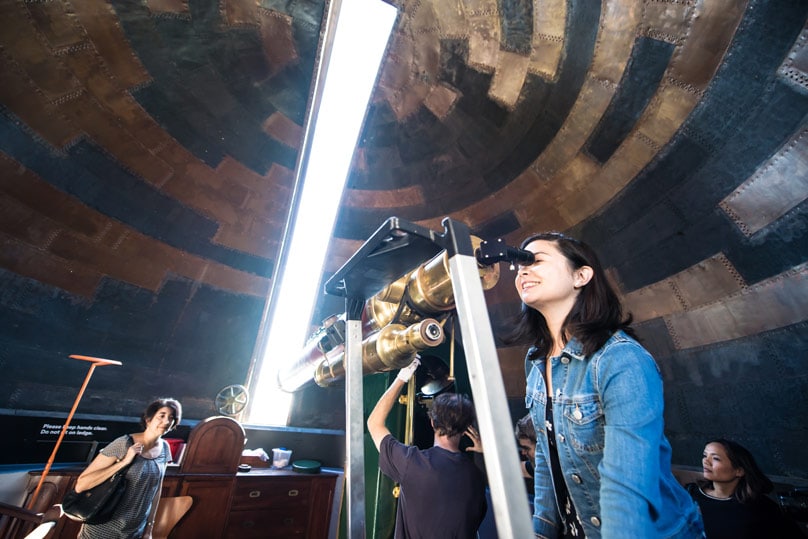
“In every church you will find the names of two prominent Catholic scientists, that everyone’s heard of but nobody knows were Catholic— Ampère and Volta. Any box that has ‘Amps and Volts’ written on it is honouring an Italian scientist, Volta, who was a devout Catholic, and a French scientist, Ampère, who survived the French Revolution which only reinforced his faith.
“Not to mention people like Pasteur and the guy who invented the Big Bang Theory, Georges Lemaître, who was a Belgian priest.”
Br Guy believes the myth that faith and science are opposed has gained popularity “because there are people who benefit from making you believe they’ve got the truth and the other side doesn’t.
“It’s a terrible story because it stops a large part of the population from enjoying science and from becoming scientists. It also dissuades some young people who think that science is a route to truth and they don’t appreciate how joyfully uncertain most of our science is. Otherwise we wouldn’t keep doing it, we’d have it done.”
With his characteristic good humour Br Guy seeks to respond to the many weird and wonderful questions he and his staff receive from the public at the Vatican Observatory.
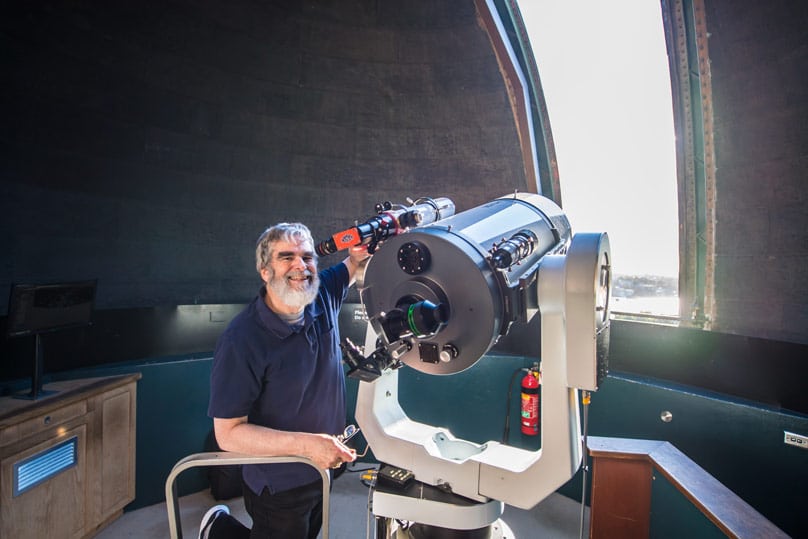
One of those questions became the title of his latest book: Would you baptise an Extraterrestrial? And no, Br Guy says he doesn’t have an answer to that question. Not yet anyway. “Ask me once they arrive,” he said. “If they ask (for baptism), we’ll come up with an answer.”
“But it does make you wonder—what does baptism really mean? What is the nature of Christ’s salvation?”
Does he think it likely that Extraterrestrials exist? After a good chuckle he responds, “We honestly don’t know and anything is possible.
“We’ve only just began (searching). The universe could be teeming or we could be alone. Either way it’s a sobering thought.”
He says the notion that there could be other intelligent life in the universe in no way poses a problem for Christianity.
“The idea that there are other creatures in a relationship to God is part of our tradition. We talk about angels and what are they but creatures stranger than any science fiction story could ever come up with? But they are clearly in relationship with God. The Psalmists themselves talk about the stars singing with joy to their Creator. There’s nothing that says we’re alone.”
He also frequently gets asked about the Star of Bethlehem. Is the Vatican interested in discovering what the Star of Bethlehem was? Was it a supernova, a comet or a conjunction of planets?
“We don’t know. We don’t know if it was an actual star or Matthew trying to imitate Emperor Augustus, who used astrology to show he would be an emperor. On the other hand, there’s any number of explanations of what it could have been.
“A miracle is not a violation of the laws of physics. A miracle is something outstanding that makes us aware of the presence of God. Most of the explanations of the Star are wildly unusual but certainly possible — things that are seen in the sky.
“The fascinating question is: why do we care? Everyone’s fascinated by the Star of Bethlehem. It’s wonderful to ask why.”
With his enthusiasm, playful sense of humour and joyful inquisitiveness, it seems Br Guy may be the perfect advocate for getting a whole new generation interested in Astronomy. And, as he’s quick to point out, getting more people interested in the mysteries of the universe, and therefore the big questions of life, can only be a good thing.
“It’s a wonderful inducement to awe, to the wonderful things that lead you eventually to the Creator. It also reminds you — and this is from St Paul’s Letter to the Romans — that from the beginning of time, God reveals himself in the things he makes. So not just to see that the universe is there but also what it’s like, how it works, that it’s rational and beautiful and it induces joy. To me, that’s the sign of God’s presence.
“When I say that doing Astronomy is an act of worship, what I mean is that it’s a route that brings me the same joy that comes in a wonderful moment of prayer.”
